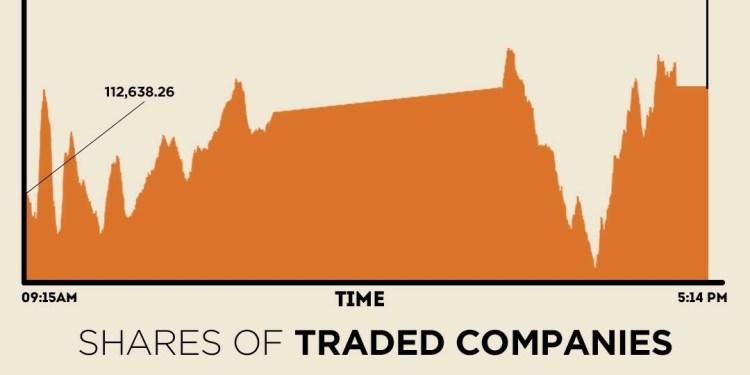 © Bloomberg. A worker inspects shipping containers in a stockyard at the Singamas Container Holdings Ltd. factory in Qidong, China, on Thursday, June 22, 2017. As part of their pledge to cut emissions by 70 percent by the end of this year, manufacturers are coating containers with water-borne paints that release less toxic fumes than oil-based varieties before China starts levying a green tax in January 2018.
© Bloomberg. A worker inspects shipping containers in a stockyard at the Singamas Container Holdings Ltd. factory in Qidong, China, on Thursday, June 22, 2017. As part of their pledge to cut emissions by 70 percent by the end of this year, manufacturers are coating containers with water-borne paints that release less toxic fumes than oil-based varieties before China starts levying a green tax in January 2018.(Bloomberg) — China has defied the doomsayers again, with a solid 6.8 percent expansion in the third quarter. Now signs are emerging that it’s set for the first full-year growth acceleration since 2010.
That ought to have surprised a few perennial China pessimists, such as hedge fund manager Kyle Bass, who has warned about the nation’s debt pile and foretold a collapse of the currency. Predictions like that have been going a while though, and they haven’t turned into reality, yet.
In fact, China’s bond market provides evidence for the argument that the economy’s strength has caught some people by surprise, with the benchmark 10-year notes headed for the worst month since January amid reduced demand for the safety of government debt.
China International Capital Corp. on Monday helpfully detailed a few points that Bass and others may have missed.
“At the beginning of 2016, there were widespread concerns circulating in the market about an imminent credit bubble bursting, substantial renminbi devaluation, and a severe slowdown in economic activity,” CICC’s Hong Liang wrote in a research note. “Despite the prevalence of these concerns, they have proven to be misplaced.”
Here are the highlights:
Leverage
Generally seen as the No.1 risk factor facing the economy, China’s total borrowing has risen to about 260 percent of annual output. CICC argues though that both the state sector and households have more than enough cash on hand should trouble strike. What’s more, the most indebted sector, corporates, sits on cash equivalent to about 40 percent of current debt.
That, according to Liang, means that while reforms to cut debt levels in China are important, those needn’t be “growth negative.” Some of that cash pile can be put to use enhancing efficiency, she says.
Property
It’s hard to find an analyst who hasn’t worried that China’s property market will implode. CICC has listed eight facts about real estate that might have been overlooked.
- The urbanization ratio is still low at around 40 percent, and is set to keep growing
- China needs more cities. As many as 15 more big ones with more than 10 million people each
- Housing demand has remained strong due to upgrading and migration to cities from the countryside
- Households are not very highly indebted and loan-to-value ratios are low
- Vacancy rates in the cities are low
- There’s not much inventory left, so there’s demand from re-stocking
- A lack of available land is the “most pressing structural imbalance”
- The government’s take can make up as much as 70 percent of property prices in urban areas
Overcapacity
Rebounding factory inflation has shown that China’s aggressive cuts to capacity in some traditional industries such as steel and cement have brought some benefits, CICC argues. As external and internal demand stabilizes, that should mean corporate capital expenditure should be poised for a pickup after years of retrenchment.
The Upshot
There are some more basic facts that will continue to support China’s expansion, Liang writes. Monetary policy is relatively loose, fiscal policy is still expansionary and there’s a strong pipeline of infrastructure projects. A widespread global recovery will help support demand for Chinese exports, another tailwind for economic growth, she argues.
China’s 10-year sovereign bond yield surged 8 basis points to 3.93 percent on Monday amid concern the government will step up efforts to reduce leverage in the financial sector. That takes its increase for the month to 31 basis points. The five-year yield rose 9 basis points for the day to 3.97 percent.
Deleveraging coupled with gathering optimism on the economy could compound the pain for the bond market.
“We believe China’s economic recovery is still likely only to be in its early days, and has more legs to run,” Liang wrote. The economy “will likely grow slightly faster next year than this year, driven by both cyclical and structural improvements.”
To contact the editor responsible for this story: Jeff Black at [email protected].
©2017 Bloomberg L.P.
Source: Investing.com



























